


Implementando conceptos innovadores en silicio
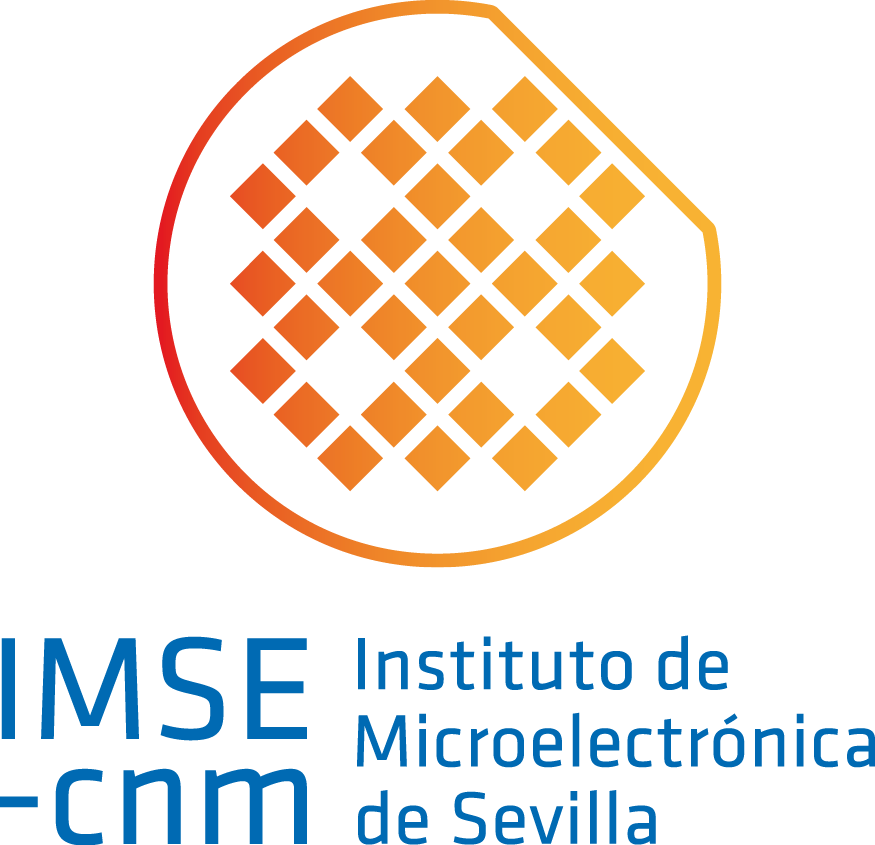

Gustavo Liñán-Cembrano, investigador del IMSE, figura como principal investigador y ha sido el responsable de la parte tecnológica de un dataset con cerca de un millón de imágenes.
10 Julio 2024

La formación tendrá lugar los días 26, 27 y 28 de agosto en la Península de la Magdalena, Santander.
5 Julio 2024
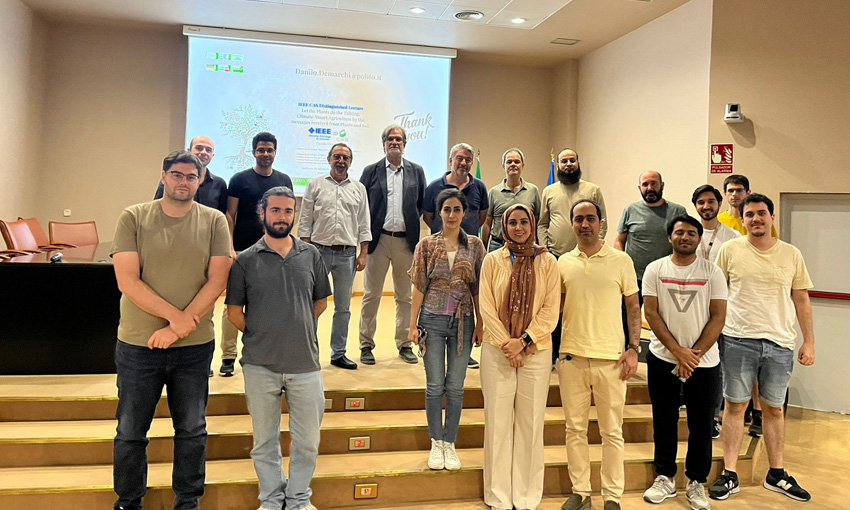
El profesor italiano ofreció un coloquio acerca de la modernización de los eslabones de la cadena alimentaria, haciendo especial hincapié en el papel de la Inteligencia Artificial.
1 Julio 2024
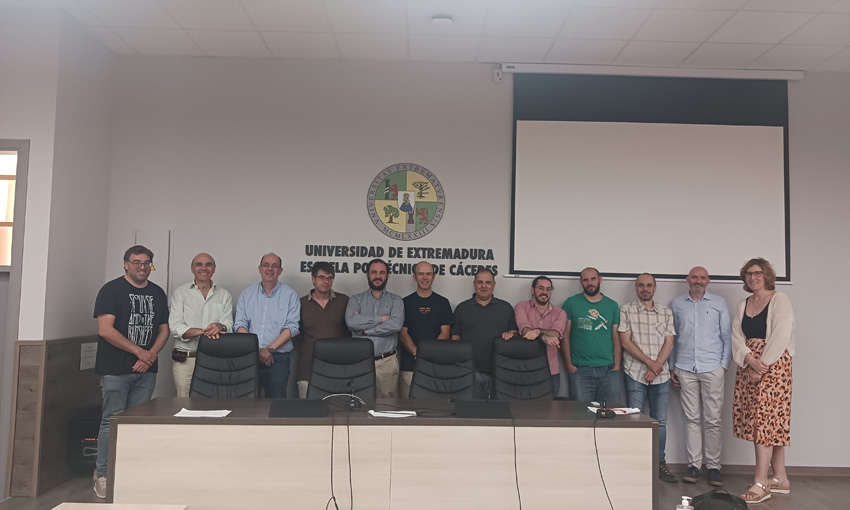
El evento reunió a investigadores de diferentes Escuelas y Universidades, que intercambiaron ideas y propuestas sobre el uso de ordenadores en diferentes campos de investigación.
27 Junio 2024
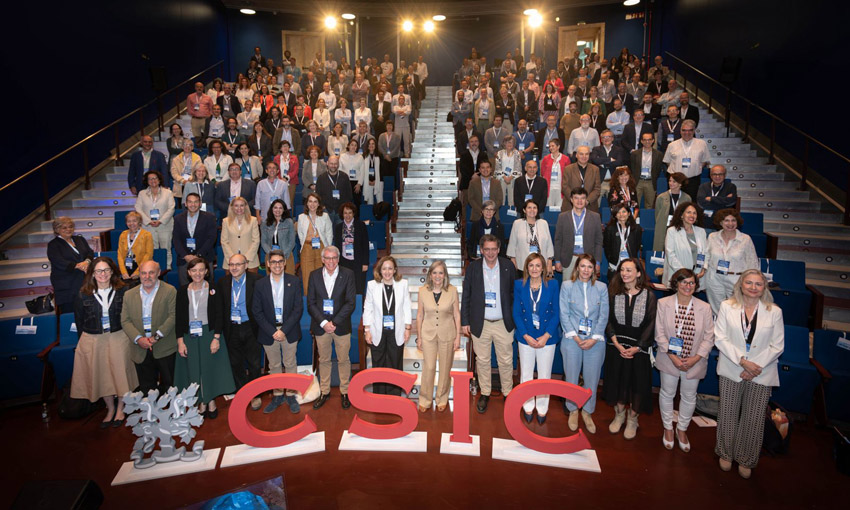
En esta ocasión, se otorgaron 40 nuevos distintivos Josefa Barba a los Institutos y Centros (ICUs) del CSIC, entre los cuales se incluyó al Instituto de Microelectrónica de Sevilla (IMSE-CNM).
14 Junio 2024
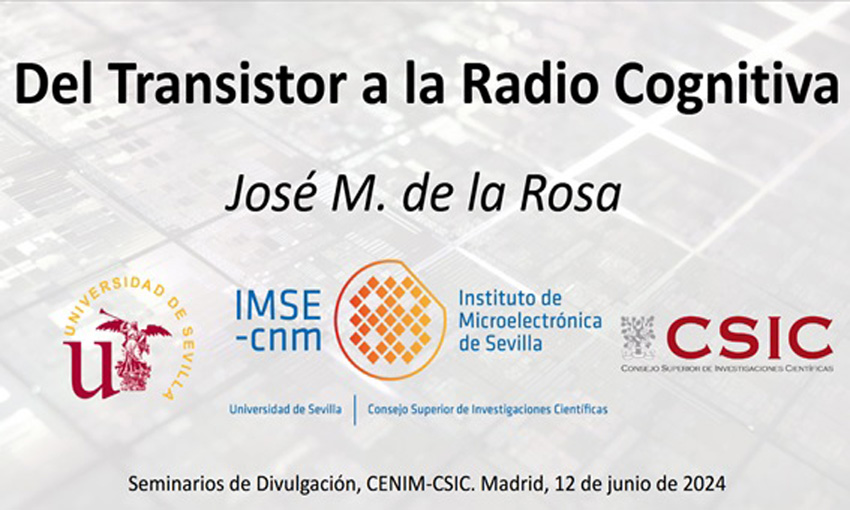
El investigador del Instituto de Microelectrónica de Sevilla (IMSE-CNM), José Manuel de la Rosa, abordó el tema "Del Transistor a la Radio Cognitiva" en el sexto seminario dentro de la 1ª Edición del Ciclo de Seminarios de divulgación científica CENIM-DIVULGA.
13 Junio 2024
Exploiting randomly distributed pores in photonic structures for security applications to create hardware-based digital identity
D. Martín-Sánchez and P. Brox
Conference · NanoSpain Conf 2024, Tarragona, España
resumen
A CMOS-compatible oscillation-based VO2 Ising machine solver
O. Maher, M. Jiménez, C. Delacour, N. Harnack, J. Núñez, M.J. Avedillo, B. Linares-Barranco, A. Todri-Sanial, G. Indiveri and S. Karg
Journal Paper · Nature Communications vol. 15, article 3334, 2024
NATURE ISSN: 2041-1723
resumen
doi
Cryptographic Security Through a Hardware Root of Trust
L.F. Rojas-Muñoz, S. Sánchez-Solano, M.C. Martínez-Rodríguez, E. Camacho-Ruiz, P. Navarro-Torrero, A. Karmakar, C. Fernández-García, E. Tena-Sánchez, F.E. Potestad-Ordóñez, A. Casado-Galán, P. Ortega-Castro, A.J. Acosta-Jiménez, C.J. Jiménez-Fernández and P. Brox
Conference · Applied Reconfigurable Computing. Architectures, Tools, and Applications (ARC), 2024
resumen
doi
A Small-Area 2nd-Order Adder-Less Continuous-Time ΔΣ Modulator With Pulse Shaping FIR DAC for Magnetic Sensing
M. Srivastava, A. Ferro, A. Sidun, P. Cantillon-Murphy, Daniel O’Hare, K. O’Donoghue and J.M. de la Rosa
Journal Paper · IEEE Open Journal of Circuits and Systems (Volume 5), 2024
IEEE ISSN: 2644-1225
resumen
doi
El área de especialización del Instituto es el diseño de circuitos integrados analógicos y de señal mixta en tecnología CMOS, así como su uso en diferentes contextos de aplicación tales como dispositivos biomédicos, comunicaciones inalámbricas, conversión de datos, sensores de visión inteligentes, ciberseguridad, computación neuromórfica y tecnología espacial.
La plantilla del IMSE-CNM está formada por unas cien personas, entre personal científico y de apoyo, que participan en el avance del conocimiento, la generación de diseños de alto nivel científico-técnico y la transferencia de tecnología.